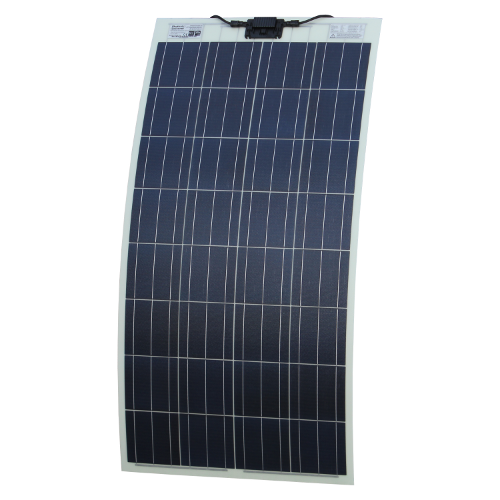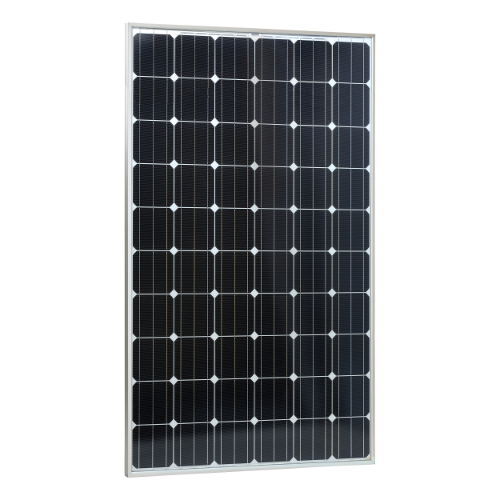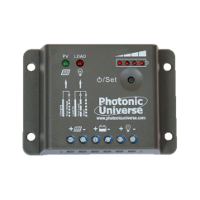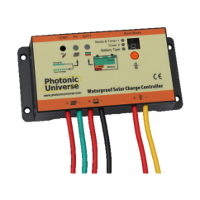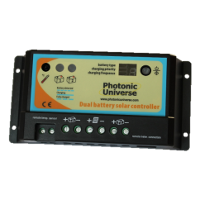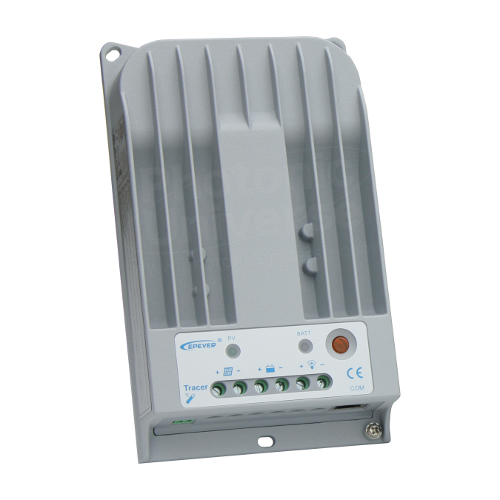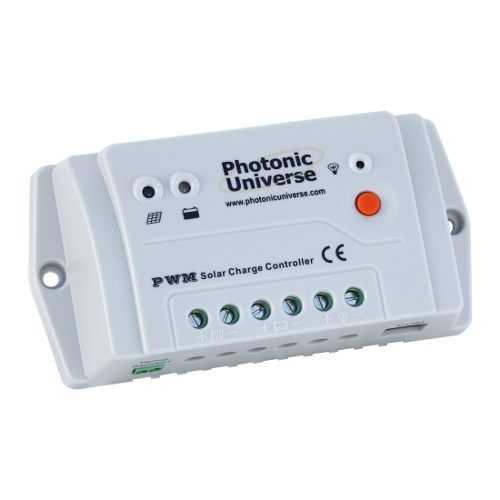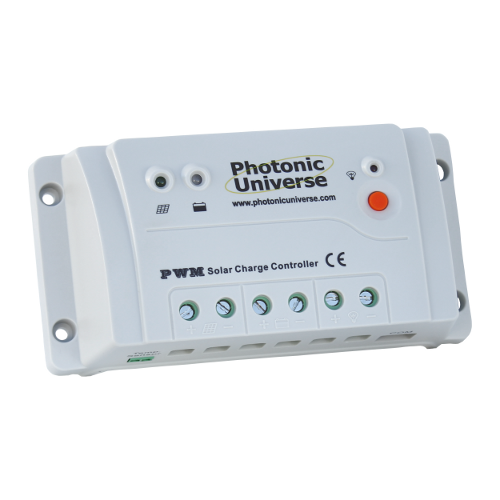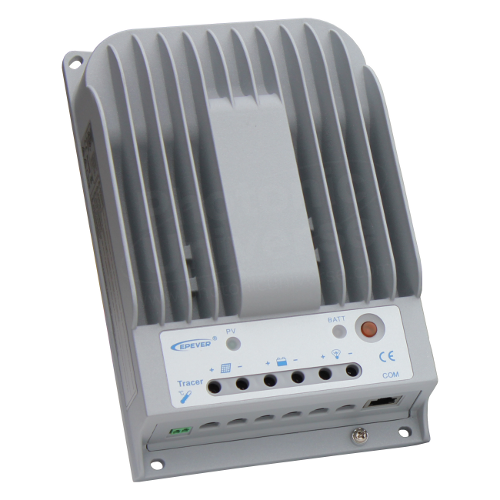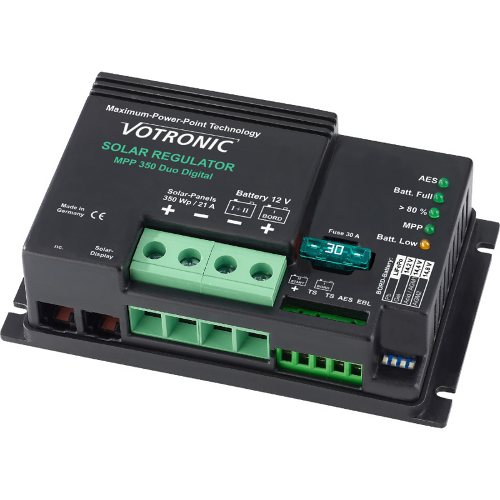Online shop
- Semi-flexible Solar Panels
- Rigid Frame Solar Panels
- Folding Solar Panels
- Semi-flexible Solar Kits
- Rigid Frame Solar Kits
- Dual Battery Solar Kits
- Solar Charge Controllers
- Wind Power
- Inverters
- Batteries
- Battery Chargers & Monitors
- Complete Off-Grid Systems
- UPS Systems
- Solar Lighting Systems
- Cable
- Accessories
- Discounted Items
Didn't find products you were looking for?
Tell us about them! We might have these products in stock, but not on the website, or may be we are planning to restock them soon.
Testimonials:
Est. delivery: 29 Dec. Delivered 24 Dec - unbelievable! Impressed with seller!
Anthony (Liverpool, Merseyside, UK) - Dec 2014
We are a trusted supplier to thousands of UK clients
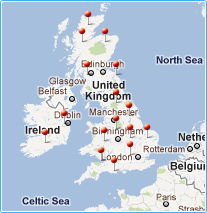
Caravans and motorhomes
Where to start?
When looking for the ideal solar panels for your motorhome, caravan or RV, a dizzying amount of measurements, mathematical diagrams and choices are thrown at you from all directions.
|
BENEFITS OF SOLAR POWER IN YOUR MOTORHOME, CARAVAN OR RV
|
|
Standard Test Conditions (STC) These are the conditions for laboratory testing of solar panel output such as light intensity, temperature and wind |
The difficulties relating to solar panel purchases are usually due to misinterpreted information or greediness from the supplier. In this article, we will:
- Provide helpful tips on how to maximise the energy output from a solar kit;
- Describe different solar panels and how to install them
- Give advice on the size of solar panel and size of controller you will need
- Recommend additional products for the solar charging process
Tips for getting the maximum energy out of your new solar kit
|
Power (W) Watts (W) = Current in amps (A) x voltage in Volts (V) Energy (Wh) Watt hours (Wh) = Power in watts (W) x time in hours (h) Battery capacity (Ah) Amp hours (Ah) = Energy in watt hours (Wh) / voltage in Volts (V) |
The most common complaints about solar panels are that they are too expensive, do not work all the time, or do not create enough electricity when it is required. These points are all valid when the incorrect solar power system is purchased. For example, a trickle-charge solar power kit will not create enough power to top-up a battery that is constantly powering large electrical appliances all year round. This small mistake becomes an expensive one if a larger solar kit is needed instead.
There are several easy ways to get the most out of your purchase and increase the electricity potential:
The Sun - Solar panels require bright, direct sunlight to be able to produce the maximum amount of electricity
Position outside - This may seem straightforward, but positioning solar panels behind windows can reduce the output of the solar panel by up to 50%
Reduce inefficiencies - Shortening the length of cable, buying a better controller or enlarging your battery capacity are all ways of generating more power
Take your time - Do some research and follow this guide so that you will have a better idea of the best system for your specific needs.
Different types of solar panels
The market for solar panels is expanding rapidly. Every year, new panels are being created that increase the efficiency and maximise the energy output of your solar system. The two main players are monocrystalline and polycrystalline. These are the names given to how the solar cells are manufactured using different structures of crystals. The panels themselves look very different and can be either rigid or flexible (please click on the photos for more info).
|
Polycrystalline PV panels Solar cells are made from many crystals, producing a textured, flaked metal appearance. Panels may be slightly larger Monocrystalline PV panels Solar cells are made from a single silicon crystal, producing a continuous colour throughout. Panels may be slightly smaller |
How do I attach solar panels to my vehicle roof?
There are several ways to attach solar panels to your motorhome or caravan roof. The rigid panels have four mounting holes to fit four metal brackets that screw securely into your roof. Most flexible panels will require self-tapping screws (not supplied by Photonic Universe) to be positioned in the white plastic corners of the panel itself.
If you would prefer not to make any holes in the roof of your vehicle, you can mount your panels using plastic corner and side brackets. These would need to be stuck down using a suitable adhesive. The plastic mounts can be used for both rigid and flexible panels, however flexible panels can also be stuck directly to your roof if required. Velcro and zippers are also alternative methods of attachment.
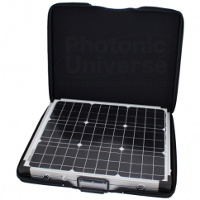 What if I do not want a permanent solar panel on my roof?
What if I do not want a permanent solar panel on my roof?
If you do not like the idea of permanently fixing a solar panel on your vehicle, then we also offer Folding Solar Charging Kits. These are completely waterproof battery-charging kits made of two rigid panels, a controller and cables that can be erected quickly on sunny days and folded away when you are back on the road. If you would like one of these kits, please follow the next section closely to choose which size kit is appropriate for your needs.
What size solar panel?
When it comes to solar panels, size does matter. Whether you are intending to power all the appliances in your motorhome or simply want to top-up your leisure battery, the amount of solar panels and the size (in Watts) will be important. The table below is a quick and easy guide to gauge the size of a solar panel required for everyday appliances in your motorhome or caravan (appliances include: 5 LED lights, small TV, hot water pump, gas-fired & electric fridge, 300W inverter charging two or three appliances, 600W inverter charging four appliances):-
| Solar panel size (watts) | Appliances | ||||
| 30W |  |
||||
| 50W |  |
 |
|||
| 80W |  |
 |
 |
||
| 100W |  |
 |
 |
 |
 |
| 120W |  |
 |
 |
 |
|
| 150W |  |
 |
 |
 |
|
| 200W |  |
 |
 |
 |
 |
| 250W |  |
 |
 |
 |
 |
Please note: this is a helpful guide only. Any purchases that are made using this material are the responsibility of the consumer.
Do I need a solar charge controller?
A solar charge controller (or regulator) is required for all solar panels over 10W because it controls the voltage and current between the solar panel and the battery; preventing overcharging and reverse current flow. All solar charge controllers are rated in amps (e.g. a 5A controller) and show the voltage tolerance (e.g. 12V).
There are many different types of solar charge controllers on the market today. You can choose from:
- 5A - 60A PWM solar charge controllers - These are perfect for connecting solar panels to one leisure battery
- Dual battery controllers - Needed for multiple batteries in a solar power system
- MPPT controllers - Increase the amps output, allowing the solar panel to work at up to 95% efficiency
When choosing your controller, the watts and voltage rating of the controller are the most important numbers to look at. Make sure that the controller can withstand the total amount of volts from your panel(s). Also, if you are thinking about adding more panels to your system in the future, you will need to purchase a controller that can cope with the added voltage.
Here is a guide to choosing the appropriate size solar charge controller for your solar power system (please click on the photo to view the relevant controller webpage):-
| Solar Panel |
1 Battery (Standard) |
1 Battery (Waterproof) | 2+ Batteries | Max. Efficiency |
| Up to 60W | ||||
| Up to 130W | ||||
| Up to 160W | ||||
| Up to 260W | N / A |
Please note: this is a helpful guide only. Any purchases that are made using this material are the responsibility of the consumer.
For more information about solar charge controllers, please refer to the following article:
How to choose...A Solar Charge Controller
Do I need a battery?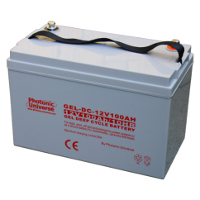
As your solar panels can only generate power during the day, a battery is an excellent way
of storing all the electricity you generate, so that it may be used at any time. Your motorhome or caravan will already have an engine battery or leisure battery, but do you need another? If you are draining your battery to 12.2V, then it is necessary to buy another battery to cope with the load.
When choosing your batteries, we recommend that 250W of solar power will require one 100Ah battery to store the electricity generated. We offer three different types of battery:-
- AGM - Non-spillable and possibly the safest battery on the market. They have a long-life, and hold charge very well.
- GEL - Better recovery from deep-discharge and can operate at temperatures down to -10oC. They are vibration proof and can even be stored on their side.
We advise our customers to buy their batteries from the same supplier, and to ensure that the batteries are the same age and capacity when connecting them in a battery bank. This is because batteries of different sizes or ages can have adverse effects on one another when they are connected.
Do I need an inverter?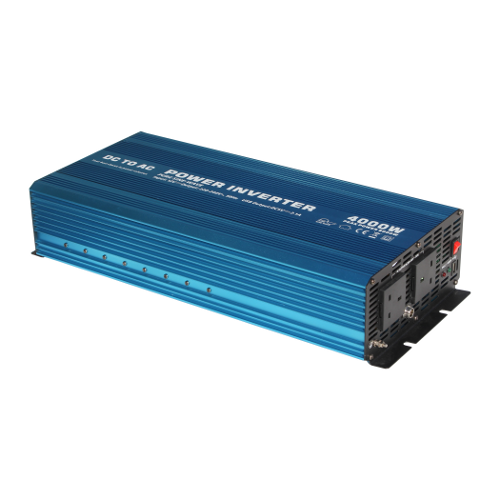
An inverter is a small device that can convert battery power (DC), to standard 230V mains electricity (AC). This makes it possible to power all of your favourite electronic appliances like a TV, fridge, radio, lights, or to charge a mobile phone and laptop.
If you would like to charge and use these appliances, an inverter is the only option. You can choose an inverter based on:
- The power consumption of your load
Alternating Current (AC) Power
The most common form of electricity through domestic plug sockets
Direct Current (DC) Power
Produced by solar panels and batteries. This must be converted to AC if it is to be used by electrical appliances
- The input voltage
- Type of inverter
To consider these factors and understand more, please refer to the following article:
How to choose...DC to AC inverter
Next steps
Now that you have a clearer idea of the best sized solar panel and controller for charging your motorhome or campervan batteries, why not take a look through our range of solar charging kits, to start creating your own solar energy today.





